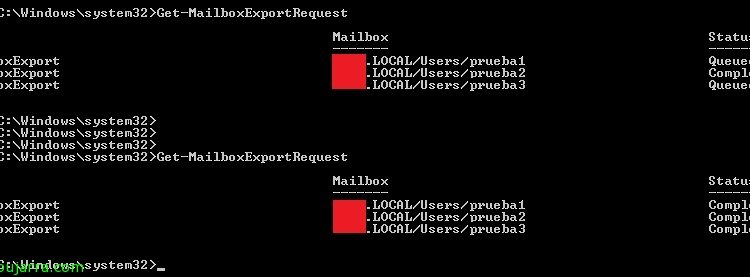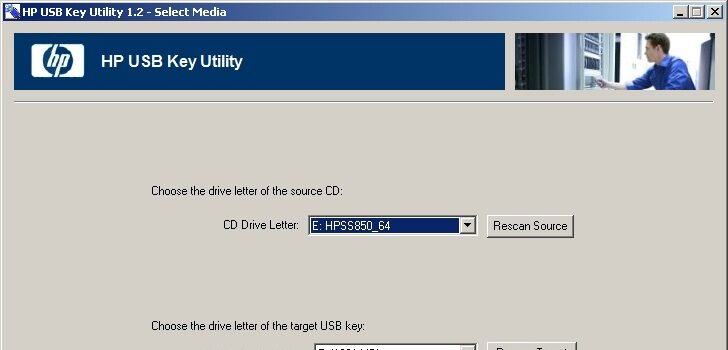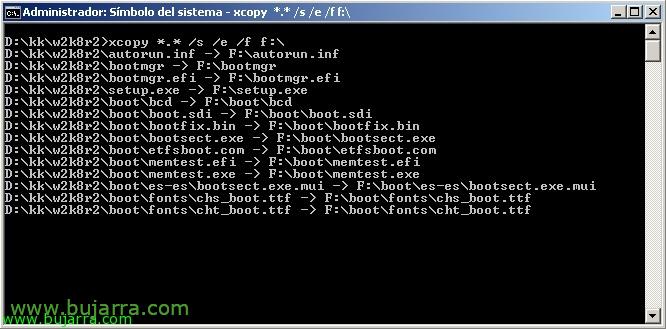Exporting and Importing Mailboxes or PST Files into Microsoft Exchange 2010 SP1
Prior to Exchange 2010 SP1 we used the Export-Mailbox command (Exchange 2007 and Exchange 2010) o Dive (Exchange 2003) to export our mailboxes to PST's files. Thanks to Exchange SP1 2010 we'll use 'New-MailboxExportRequest’ and it will therefore not be necessary to have any Outlook on premises. We will perform this procedure on an Exchange server 2010 SP1, We will have to indicate which user or group will be in charge of carrying out these imports or exports, so we will have to add the role of 'Mailbox Import Export'. Otherwise, by default members of the 'Organization Management'’ will have such roles.










































